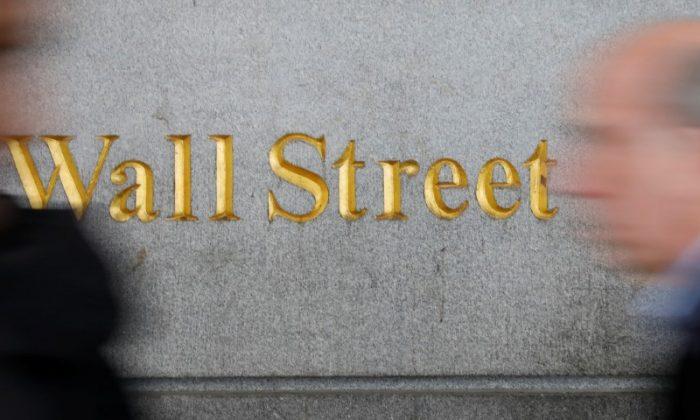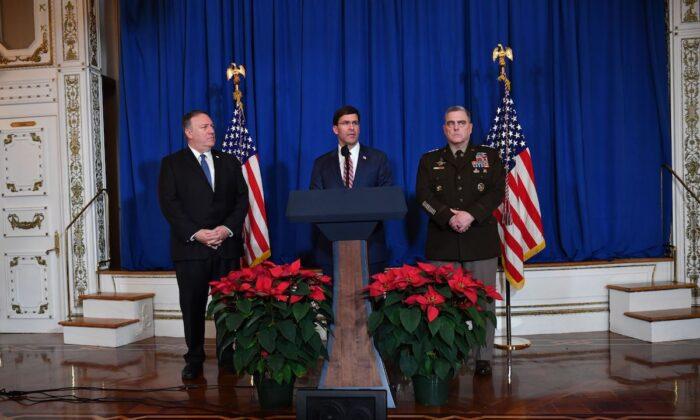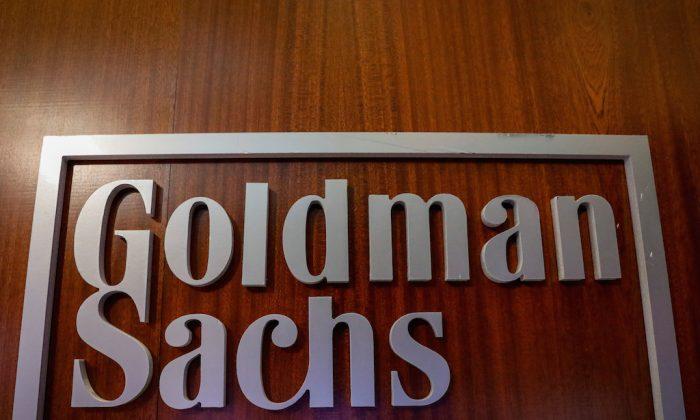Wall Street fell more than 2 percent on Dec. 4, led by bank stocks as a flattening U.S. Treasury yield curve set off warning lights about slowing growth and on fading hopes of a speedy resolution to the U.S.-China trade spat.
The declines, which put the benchmark S&P 500 on course for its biggest one-day percentage drop in six weeks, more than erased Dec. 3 gains after Beijing and Washington agreed to a 90-day truce to iron out their trade differences.
Yields on two-year and three-year bonds held above the five-year yield for a second day, while the benchmark 10-year yield hit its lowest since mid-September as demand for longer-dated Treasuries rose on bets of an approaching economic slowdown.
The focus now is on the spread between the two-year and 10-year yields, currently at its narrowest in over a decade and whose inversion has preceded the past three U.S. recessions.
“Historically there is a good correlation between the yield curve inverting and the timing of the next recession and the bond market has been a big focus for today,” said Binky Chadha, chief strategist at Deutsche Bank in New York.
The KBW Bank index slid 4.90 percent with Bank of America Corp. and Citigroup Inc. dropping more than 5 percent each. The overall S&P financial sector dropped 4.03 percent.
The technology sector fell 2.80 percent, while industrials dropped 3.47 percent over a lack of specifics on the Sino-U.S. trade truce, including no written commitments and when the truce period starts.
“As soon as investors digested the information from the discussions, they focused on the uncertainties and lack of details,” Ryan Nauman, market strategist at Informa Financial Intelligence in Zephyr Cove, Nevada said.
Trade bellwethers Boeing Co.’s 3.6-percent drop and Caterpillar Inc.’s 5.7-percent retreat weighed the most on the Dow, while twin declines of 3.7 percent in Amazon.com Inc. and Apple Inc. dragged on the Nasdaq and S&P.
Apple dropped on bearish comments from brokerage HSBC and as supplier Cirrus Logic Inc.’s lowered outlook added to growing evidence of tepid iPhone sales.
Amid fears of slowing U.S. growth, Dollar General Corp. sank 8 percent after warning that the proposed tariffs on Chinese imports could begin to have a greater impact on its business as well as its customers.
Declining issues outnumbered advancers for a 3.73-to-1 ratio on the NYSE and a 4.66-to-1 ratio on the Nasdaq.
The S&P index recorded 40 new 52-week highs and 16 new lows, while the Nasdaq recorded 36 new highs and 130 new lows.
The U.S. stock and bond markets will be closed on Dec. 5 to mourn the death of former U.S. President George H.W. Bush.




